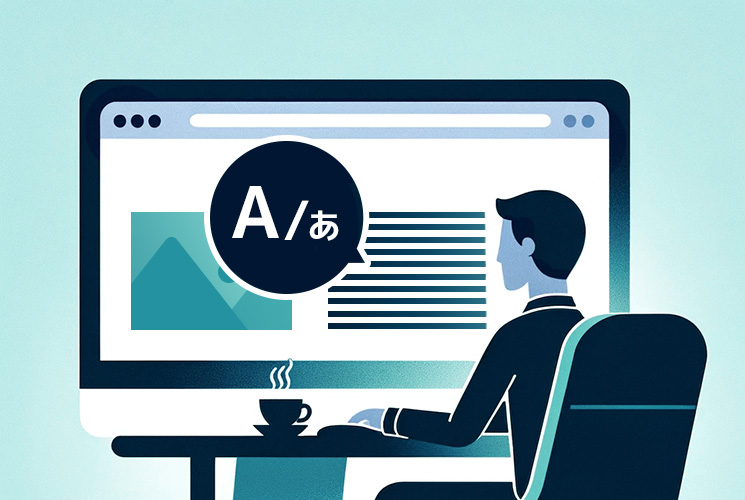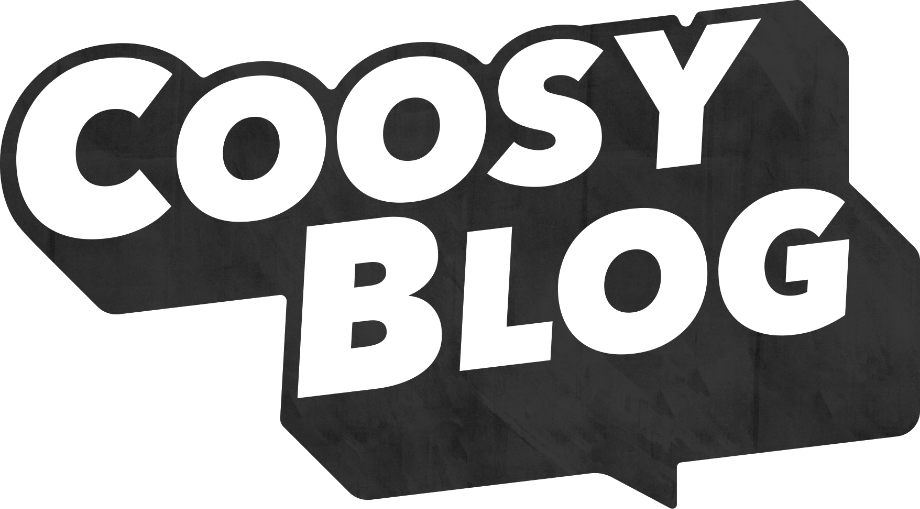Website Translation Methods: A Guide for More Global Reach

In recent years, the significance of websites as a central source of corporate information has been increasing along with the surge of businesses expanding beyond Japan. Providing multilingual support and tailoring website content for international audiences have become an essential requirement for effective global outreach.
This article presents a comprehensive overview of website translation, emphasising the three distinct approaches, and outlining their features and advantages.
Consider this article as a form of resource when selecting a suitable translation method for your website. It is sure to enhance your global communication strategy and effectively engage users worldwide.
What is the need to translate a website?
Websites serve as the prime avenue for modern businesses to showcase their services and products effectively.
If you’re considering international expansion, focusing on translating your company’s website is crucial. Here are three key reasons why website translation is imperative for global expansion.
Expansion into foreign markets possible
Maintaining a multilingual website enhances your visibility and presence in a global scale, significantly boosting your reach and accessibility to new markets.
With an expanding user base from outside Japan, the credibility of your content and services grows, providing ample opportunities to engage with new target groups.
Using SEO to increase awareness
Translating a website can yield several marketing advantages. For instance, it can elevate a brand’s global visibility. Having a multilingual website can be a great asset, especially if your competitors lack this feature, giving you a competitive advantage.
Furthermore, offering content in multiple languages can significantly aid search engine optimization (SEO). By targeting keywords in various languages, you can attain higher search engine rankings in multiple countries.
Improved user experience
Localisation involves tailoring content to suit local cultures and preferences, thereby enhancing the user experience and making it more relatable.
When it comes to websites, offering multilingual support and contact forms can streamline communication with international customers, leading to improved customer satisfaction.
Additionally, multilingual websites can aid in ensuring legal compliance. Some countries or regions may require the provision of language-specific or regulatory information to meet legal obligations.
Types of website translation
The following three were tested in this case:
- Machine Translation
- MTPE(Machine Translation Post-Editing)
- Human Translation
Each approach offers unique features and benefits, making it imperative to consider the options based on the specific context in which they are employed. Here, we highlight the advantages of these three methods and the appropriate scenarios for their application.
Machine Translation
Machine translation is the process of automatically translating text using computers and software.
The main advantage is its speed and cost efficiency, making it ideal for instant translation of large amounts of content. Its key advantage lies in its rapidity and cost efficiency, making it ideal for the instant translation of substantial volumes of content. Nonetheless, it has limitations in terms of translation quality, with a greater likelihood of errors in texts containing specialised context or cultural nuances.
Neural Machine Translation (NMT), a prominent method within machine translation, is widely used for high-quality translation. It leverages deep learning neural networks to offer more accurate translations, demonstrating a better grasp of context and nuance.
MTPE(Machine Translation Post-Editing
MTPE (Machine Translation Post-Editing) involves human translators proofreading and correcting translations generated by machine translation. This process enhances translation quality while capitalising on the speed and cost efficiency of machine translation.
The primary advantage of MTPE is the significantly improved quality of the translation. It is well-suited for situations requiring attention to cultural nuances and specialised knowledge. Consequently, many companies and translation providers widely employ MTPE, benefiting from its ability to maintain translation quality while leveraging the speed and efficiency of machine translation.
Full Translation
Human translation, as the name suggests, involves manual translation of all content by human translators.
This approach is known to have excellent translation quality and context-region-appropriate language. Human-powered translation ensures that the translated content resonates with the target audience.
However, the drawback of this method is how time-consuming and costly it is, making it less suitable for large-scale projects or time-sensitive tasks. For such cases, other translation approaches should be considered.
Human translation is widely utilised in scenarios where translation quality is paramount, such as legal documents, medical texts, contracts, and marketing copy.
Improving Multilingual Support for Established Operations
The focus so far has been on those considering global expansion. However, companies that have already established a presence abroad may have room to enhance their already existing multilingual support.
Many companies often rely mainly on machine translation for their translation needs. However, relying solely on automated translation may not effectively capture the essence and intricacies of the business. The following points, for instance, might be affected:
Effects on Content
Using machine translation alone may result in incorrect translations, misunderstanding of context, and a lack of cultural consideration. MTPE, on the other hand, allows for corrections that incorporate cultural factors when reviewed by a human. Moreover, machine translation may lead to inaccurate translations in contexts where specialised knowledge is required. With an expert’s proofreading, such concerns can be effectively addressed and fixed.
Effects on Design
Translations can affect the way designs are presented as well.
A “design breakdown” can occur when English words are broken in the middle of a sentence causing a sentence to cut off unnaturally. These problems can only be addressed if they are reviewed and corrected by human eyes.
When it comes to company names, machine translation may not perform accurate spell checks, requiring extra attention to detail when reading through.
DeepL, an AI-based translation platform known for its high-quality machine translation, is widely utilised by translators for its exceptional multilingual performance.
Using our company name, ‘クーシー (Coosy)’ as an example, DeepL has rendered it as ‘Ku Shi,’ as shown in the image below.
These examples demonstrate the risks associated with relying solely on machine translation. Even if you already maintain a multilingual website, conducting a translation review as part of your quality control is highly recommended.
MTPE: Our Recommended Translation Method!
Among the three translation methods discussed, MTPE is highly recommended. This approach effectively resolves grammatical errors and inaccuracies generated during machine translation, ensuring high-quality results.
MTPE also streamlines translation projects and reduces costs compared to human translation, making it particularly advantageous when dealing with large volumes of content within tight deadlines. An added advantage is the ability to adapt the translation to specialist terminology and specific contexts.
Comparison of MTPE and Machine Translation
Let’s examine the MTPE process in action!
We tried running an excerpt from our Coosy Blog through the free version of DeepL.
Head to the DeepL website, input the desired sentence on the left, and witness the instantaneous translation on the right. With 31 language options available, users can mix and match as they please.
Now, the crucial part: We requested a human translator to apply MTPE to the text translated through DeepL’s machine translation, here are the results.
Before modification:
After MTPE modification:
Areas marked in red or blue indicate where corrections or additions have been made. Blue letters indicate words added, and red letters indicate words removed. It appears that machine translation alone was unable to produce detailed terminology and context-appropriate translations from the significant modifications.
According to the feedback from our translators, machine translation resulted in unnatural and overcomplicated sentences, particularly for long and complex sentences. Implementing MTPE allows a form of provision over the content allowing a more comprehensible text, a feat unattainable through machine translation alone.
Multilingual support methods
So far, we have introduced three translation methods: machine translation, MTPE and human translation. We will then break down three approaches to achieve a multilingual website.
Separate Domains by Language (ccTLDs)
Many websites employ the method of separating domains by language. Each language version of a website operates using its country code top-level domain (ccTLD). For instance, while Japan uses “.jp”, the American version might end with “.us” and the British version with “.uk”.
Using a ccTLD is beneficial for businesses targeting specific local markets as it prioritises search results from users in that country or region. However, the drawback is the time and cost associated with registering and managing domains for each country.
Separate Languages and Regions in Multi-site
Multi-site is a method used to operate different websites in various languages and regions within a single domain. It employs two approaches for separating languages: subdomains and subdirectories. Subdomains are structured as ‘en.example.com’ and ‘uk.example.com’, whereas subdirectories are formatted as ‘example.com/en’ and ‘example.com/uk’.
Both methods facilitate easier management compared to maintaining separate servers for different languages, and they allow streamlined content integration within a single domain. While subdirectories can enhance SEO, subdomains may not consolidate the SEO ranking with the original domain.
Multilingual Plug-ins
In certain cases, multilingual plug-ins for content management systems (CMS) and website builders can be utilised. These plug-ins can effectively manage multiple languages within a single domain.
The primary advantages include flexible customisation options, seamless language switching, and simplified administration. However, it is crucial to carefully select plug-ins as some may restrict the effectiveness of SEO. Additionally, it is important to be aware that the use of plug-ins could potentially decrease page loading speeds.
Conclusion
Three approaches to website translation have been introduced: machine translation, MTPE, and human translation.
MTPE, the recommended method in this article, is a high-quality translation technique also employed by Coosy.
Choosing the most suitable approach for website translation is crucial, depending on the nature and objectives of your project. If you have any requests or inquiries on the multilingual website,s please feel free to reach out to us! We are eager to assist you in effectively communicating your business to users on a global scale.
Article: Alina Sai / Hisayoshi Kato
Design: Saya Kobayashi
CATEGORY LIST
-

Explore our diverse website/app designs and other production achievements.
-

Find articles that matter to you on COOSY BLOG!
Talk to Us, We Listen!
Click here for enquiries about websites and quotations.
Contact us





